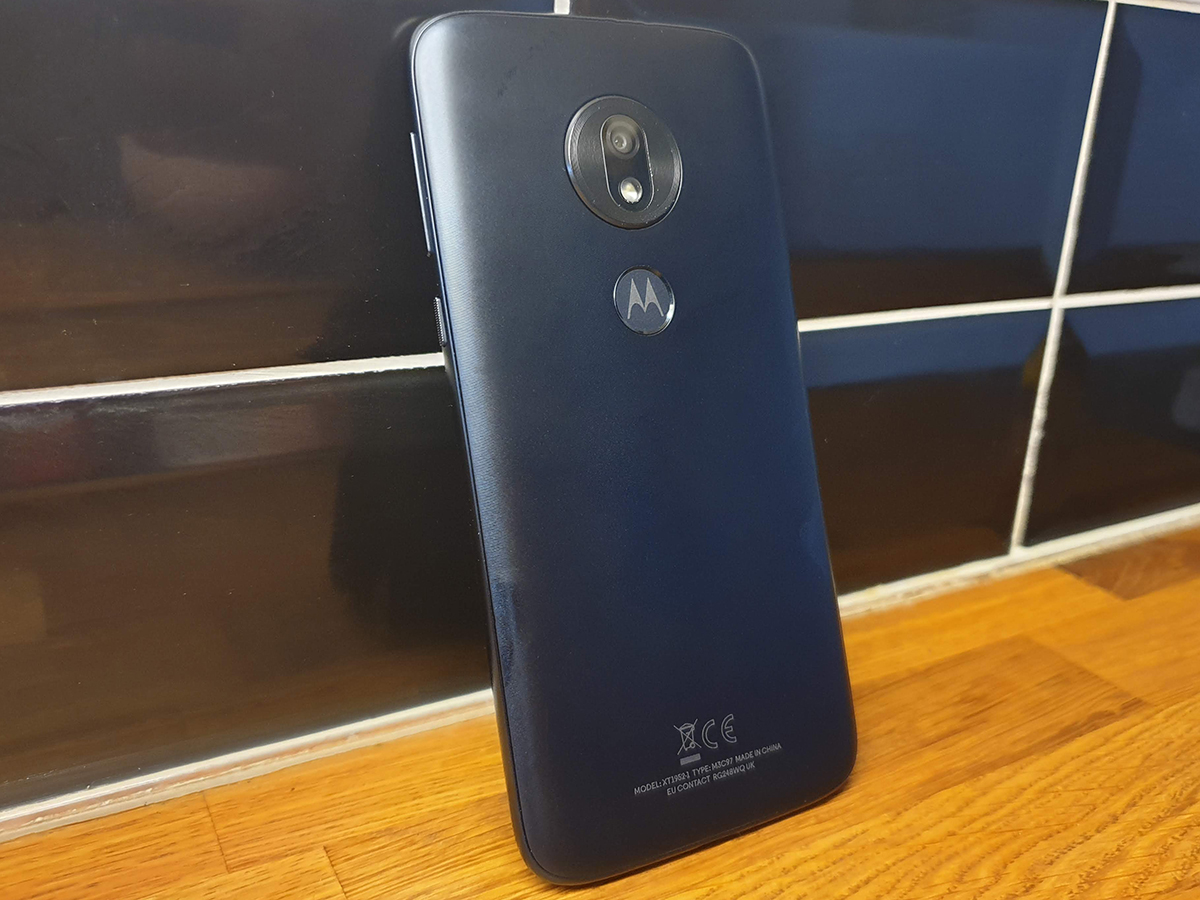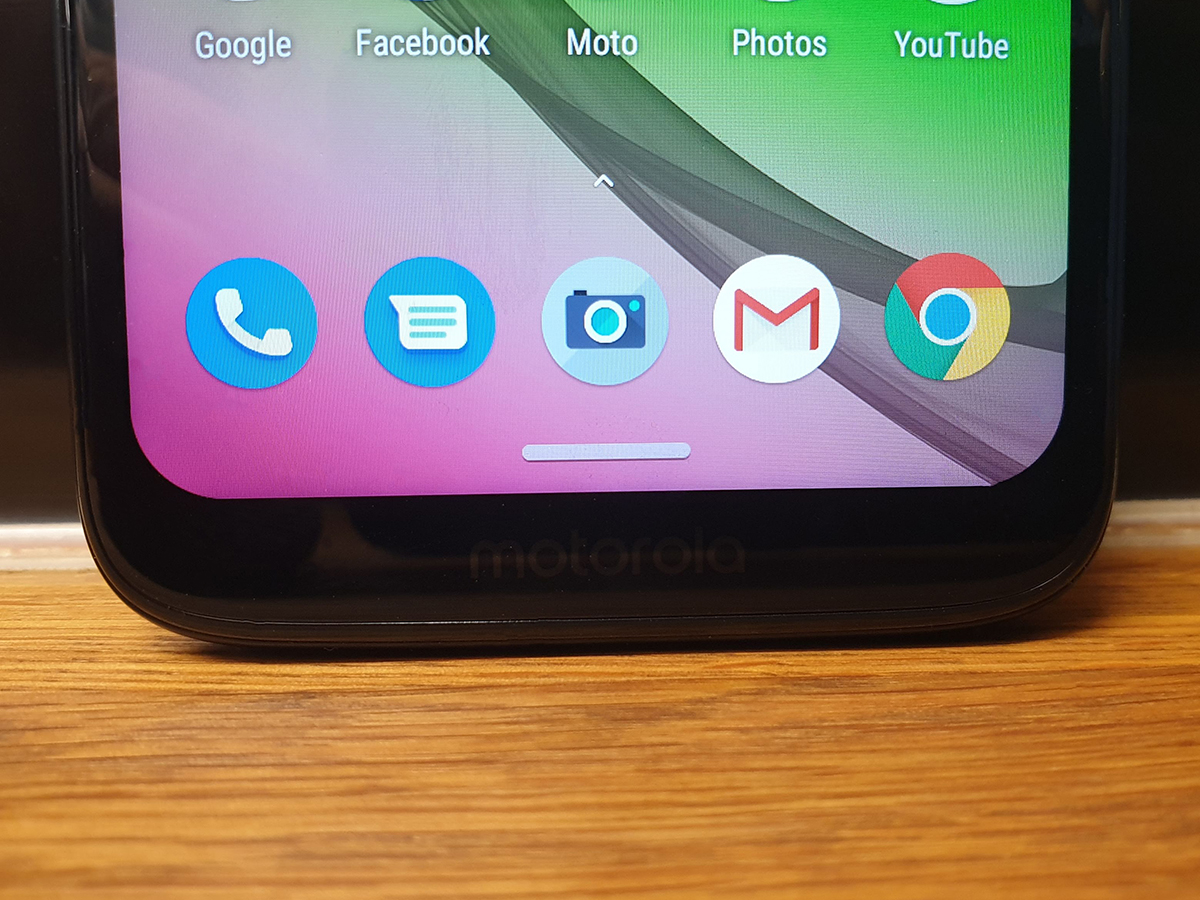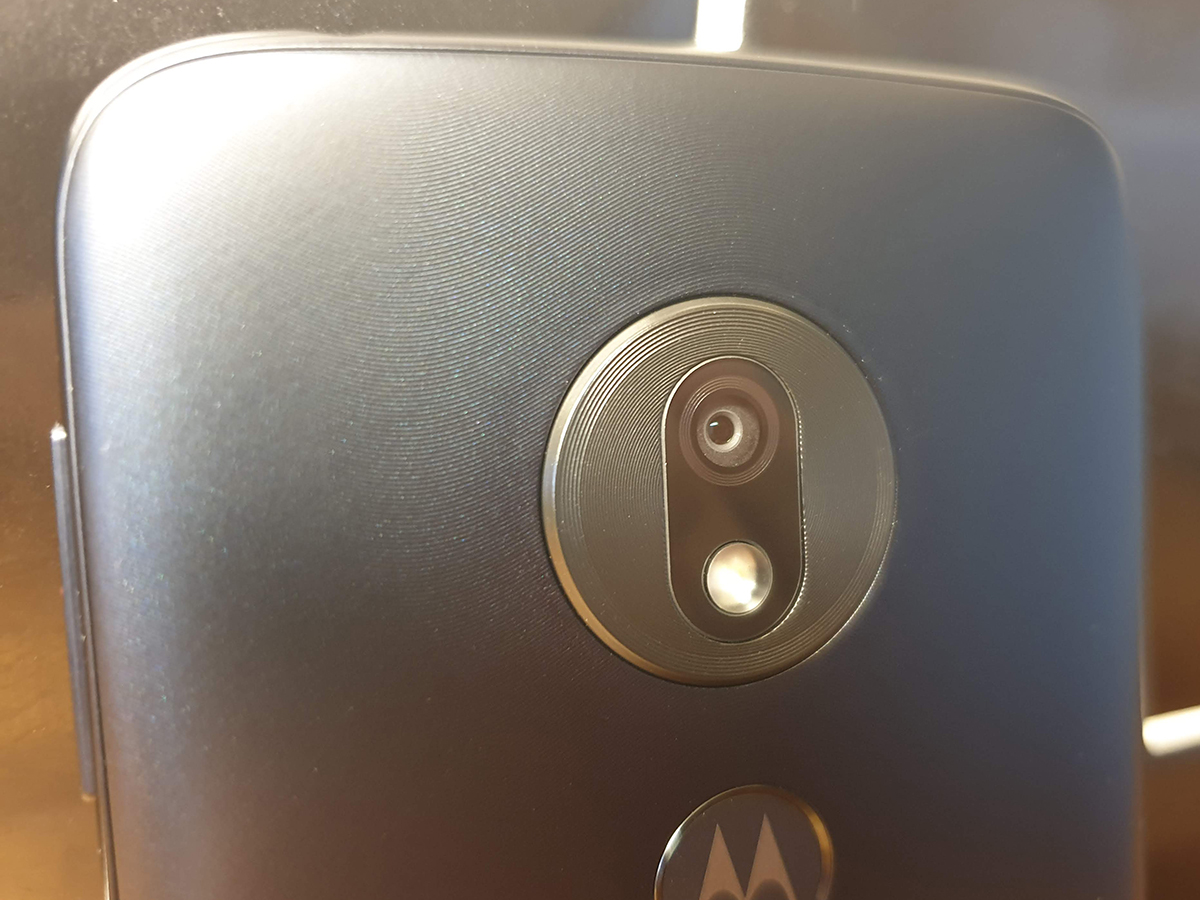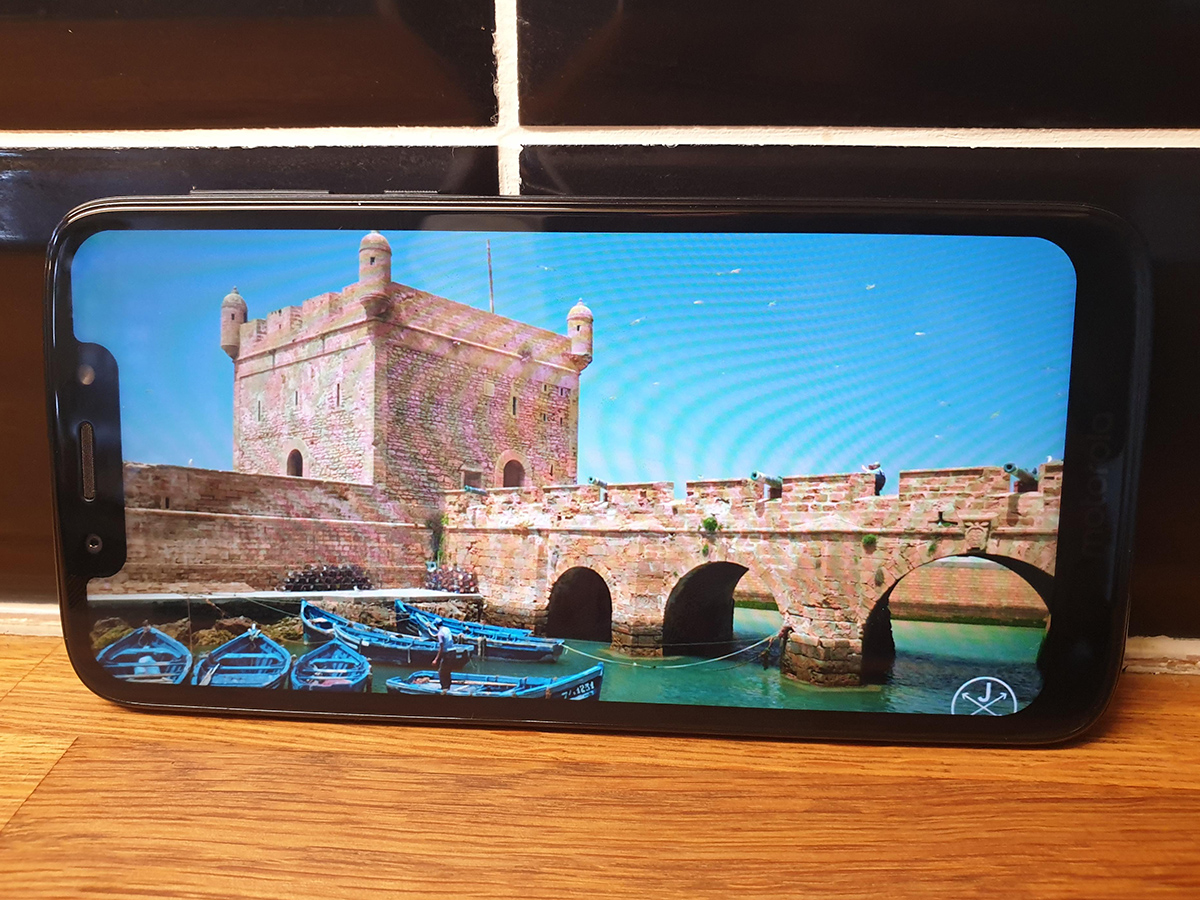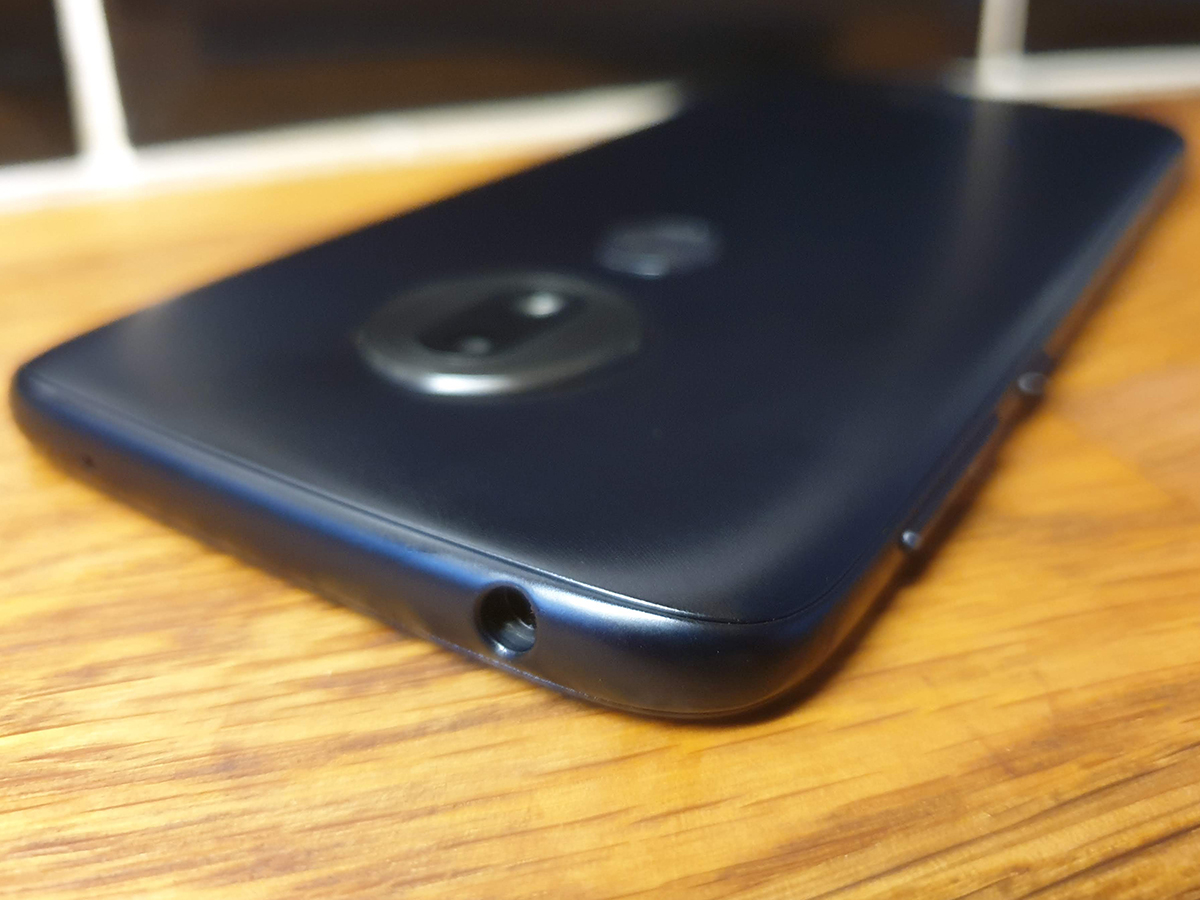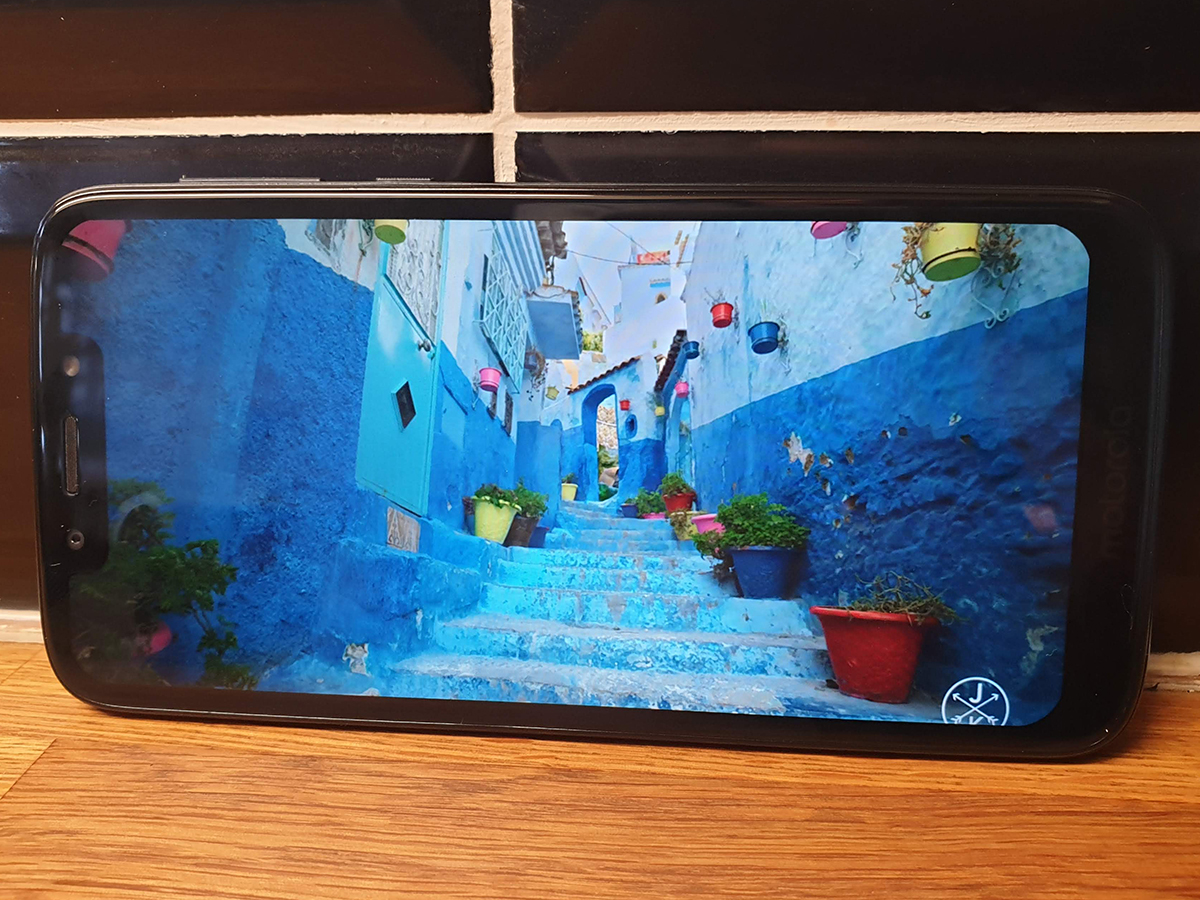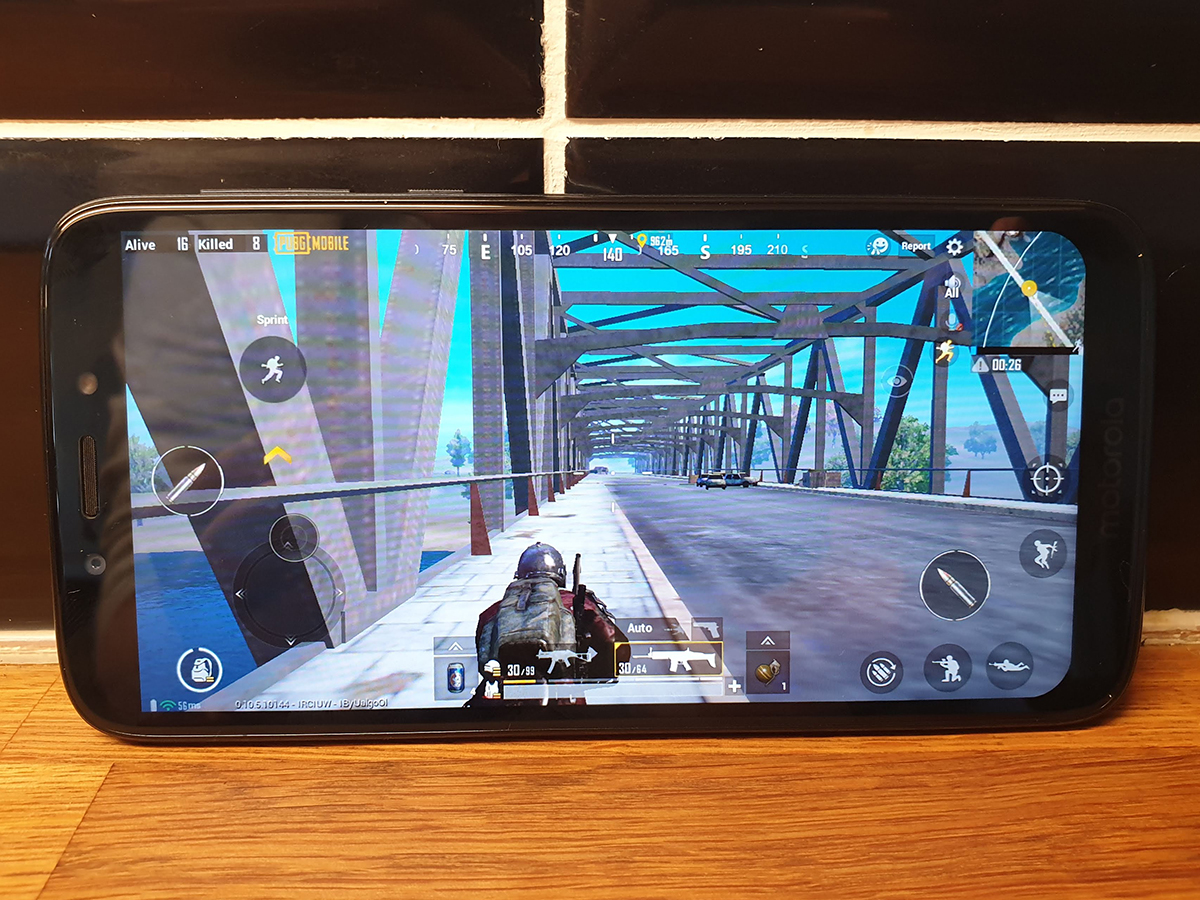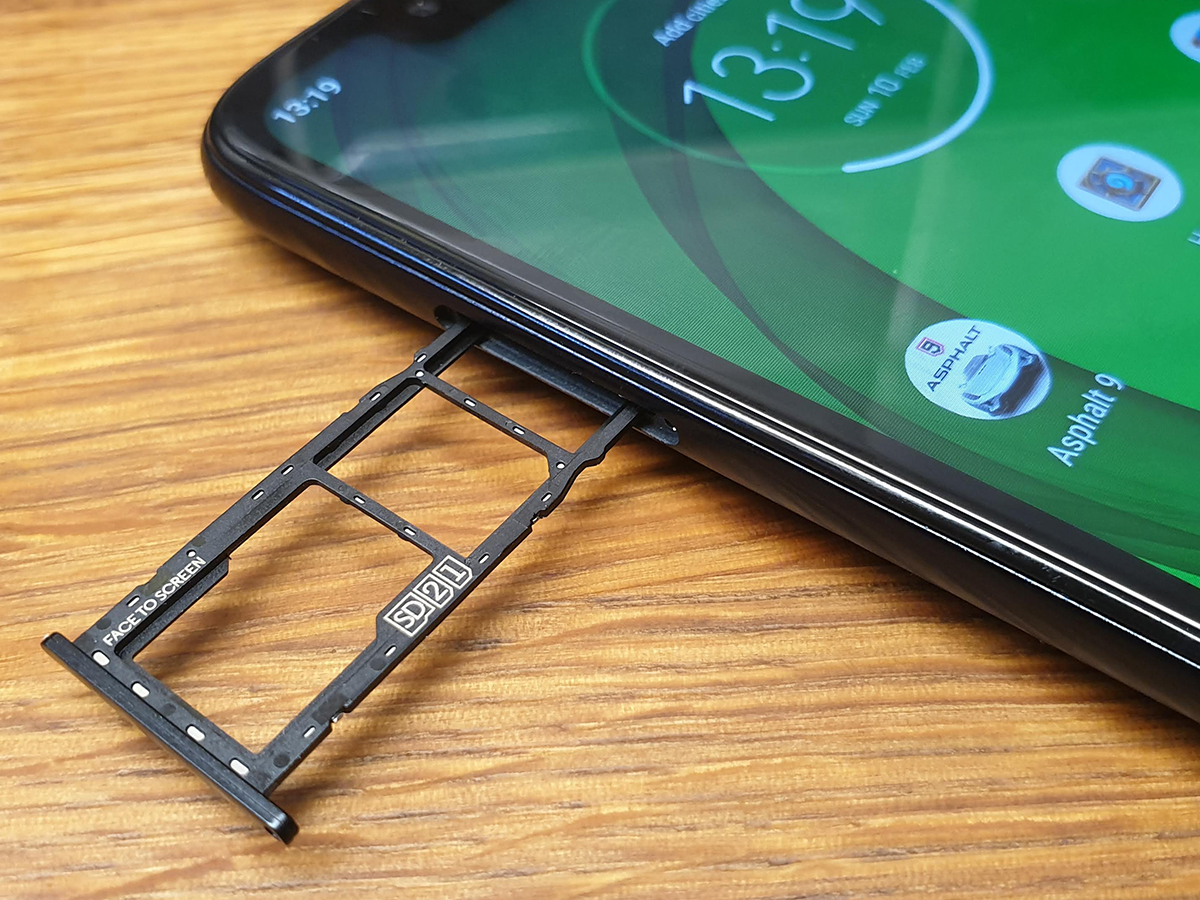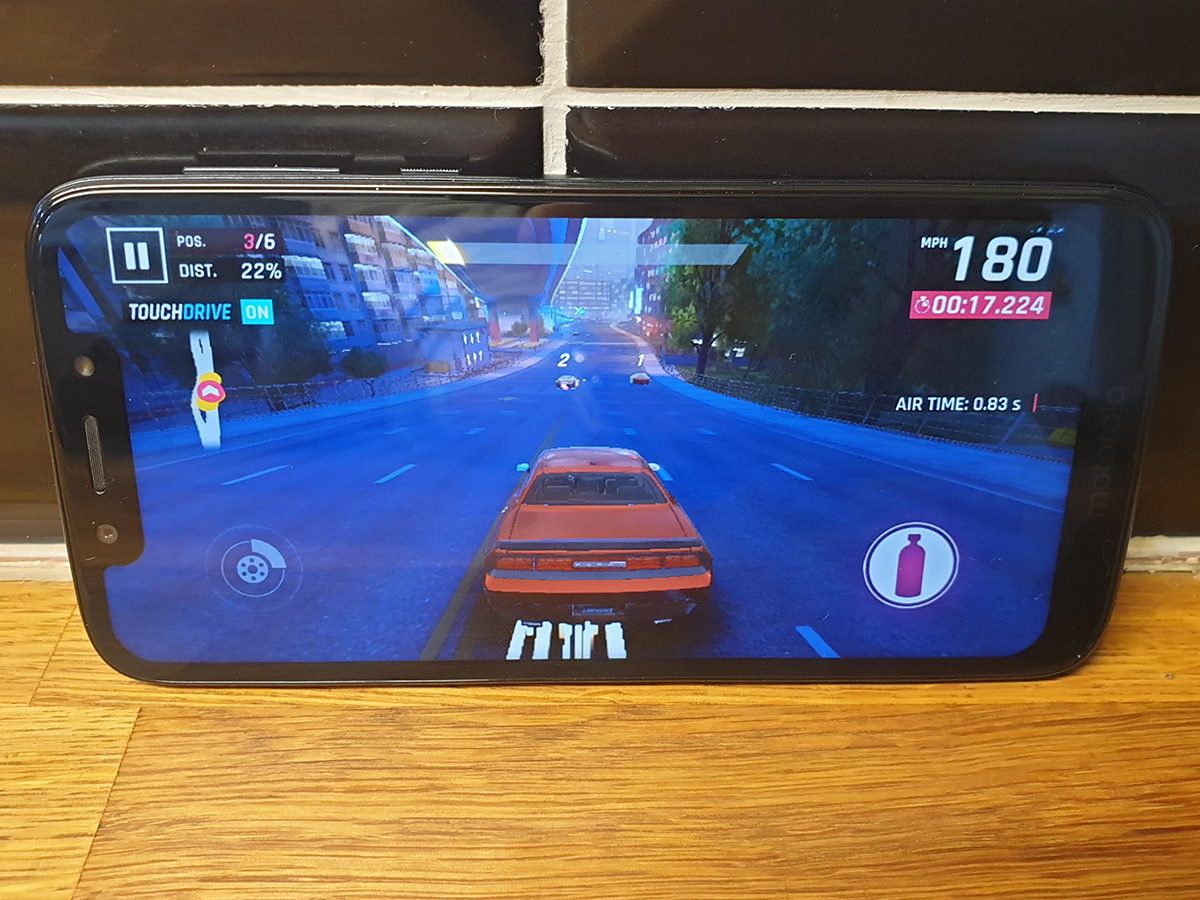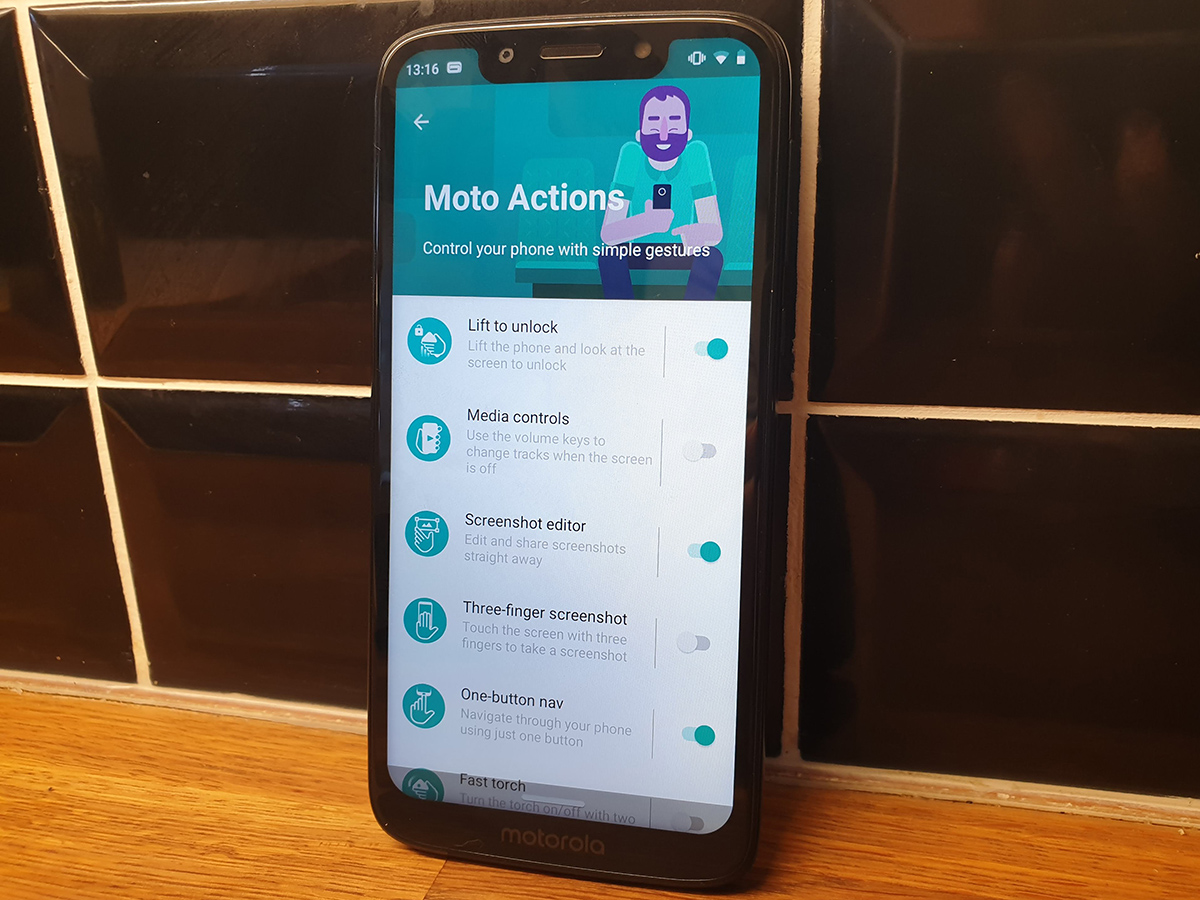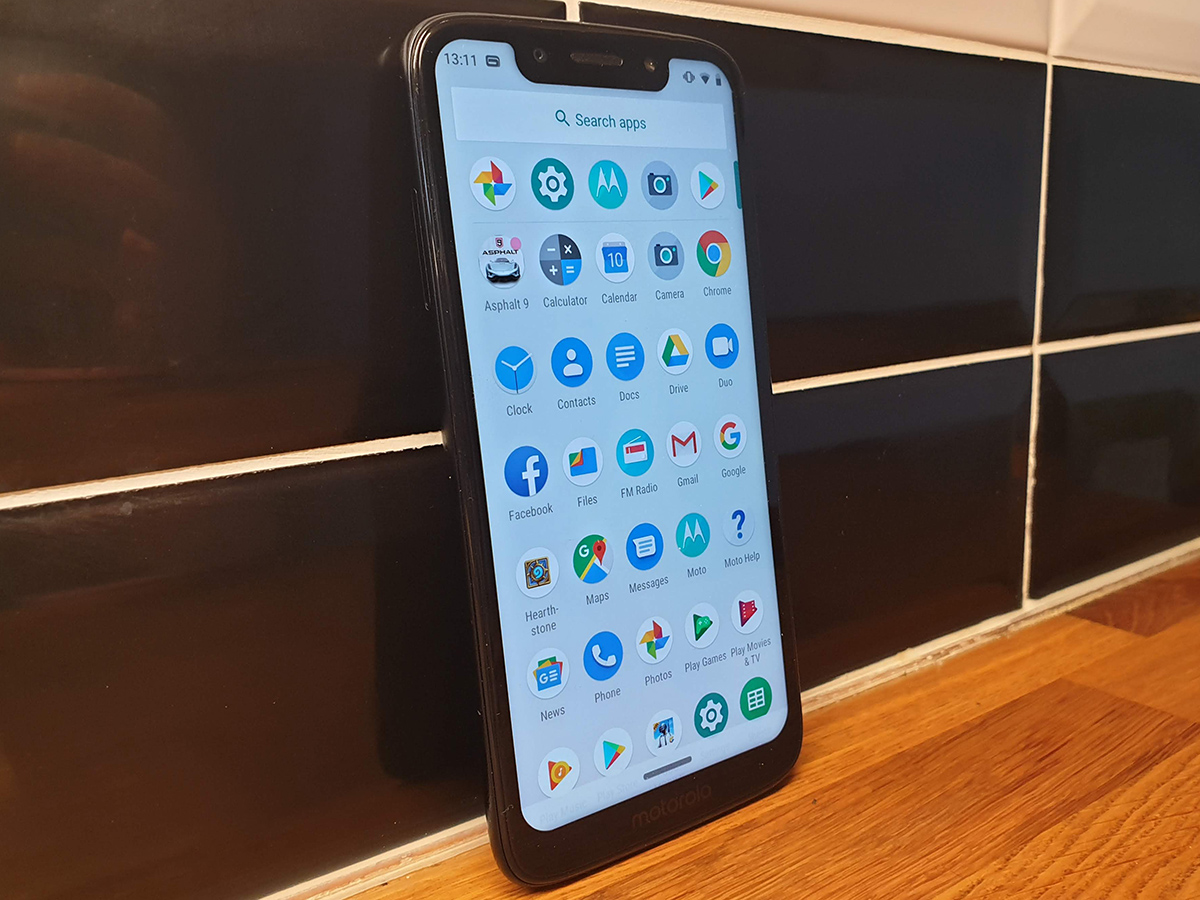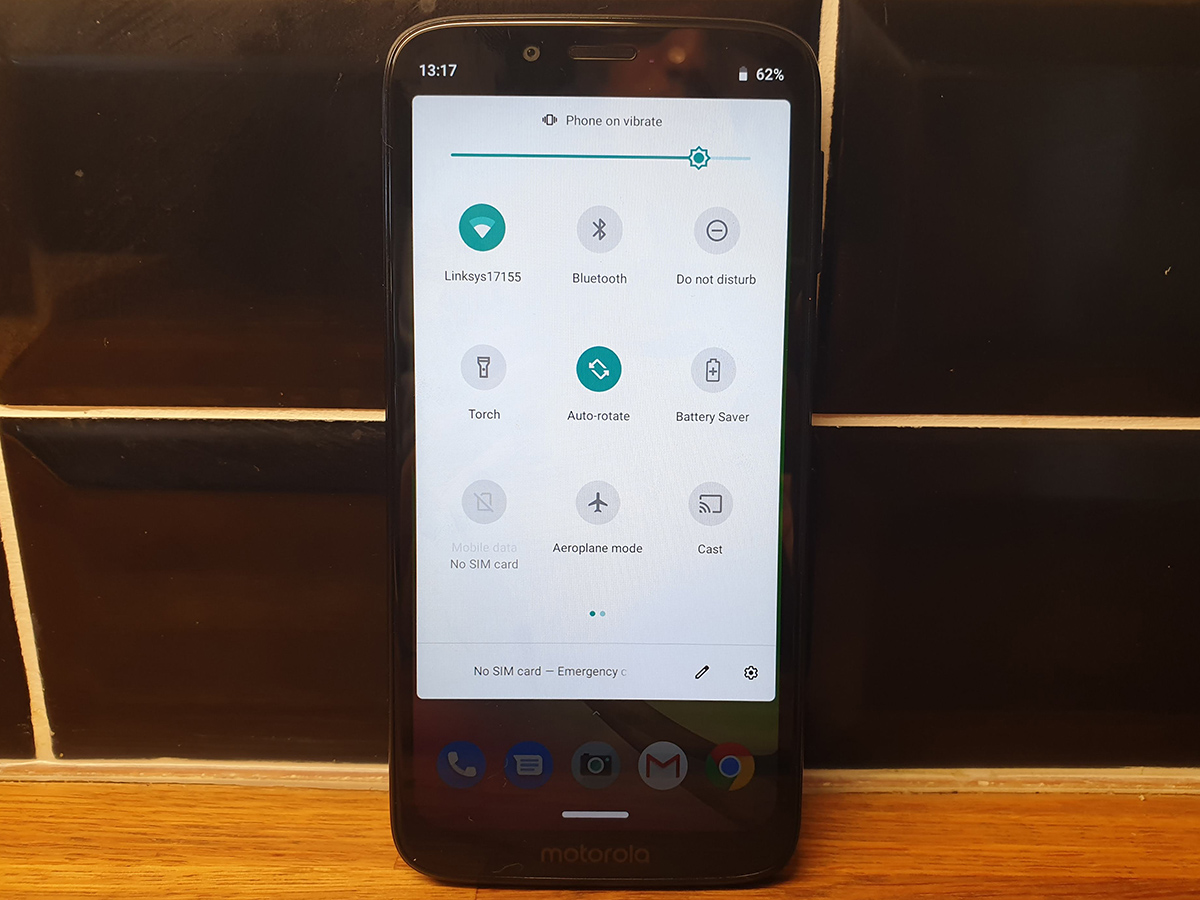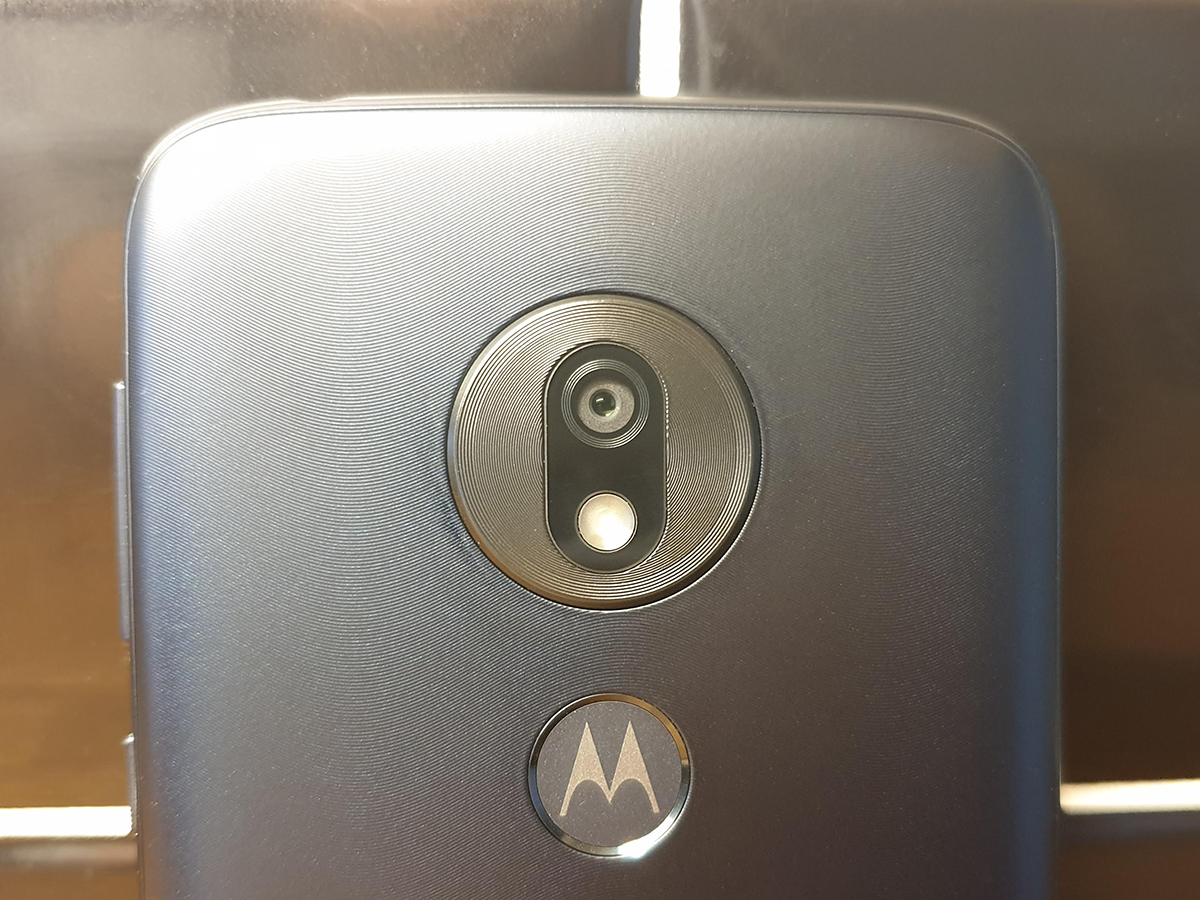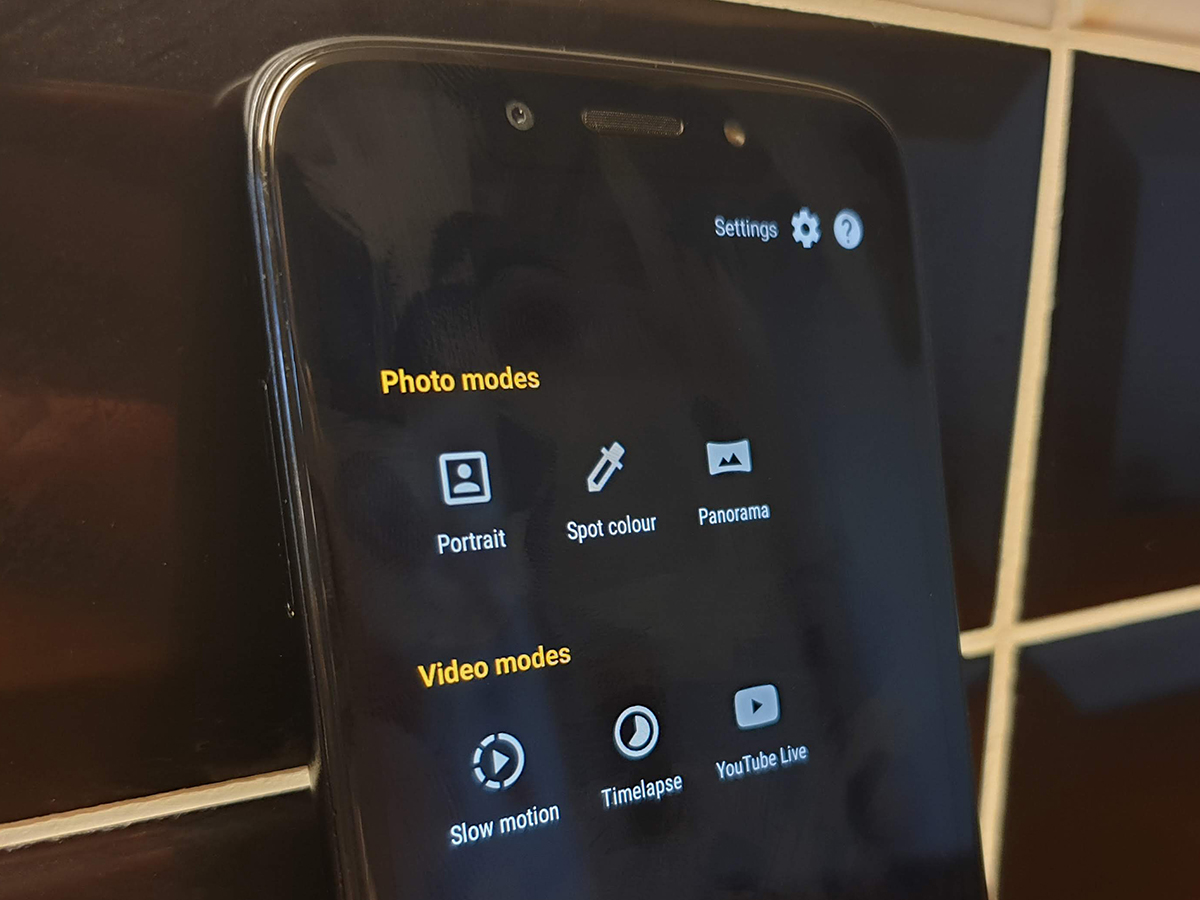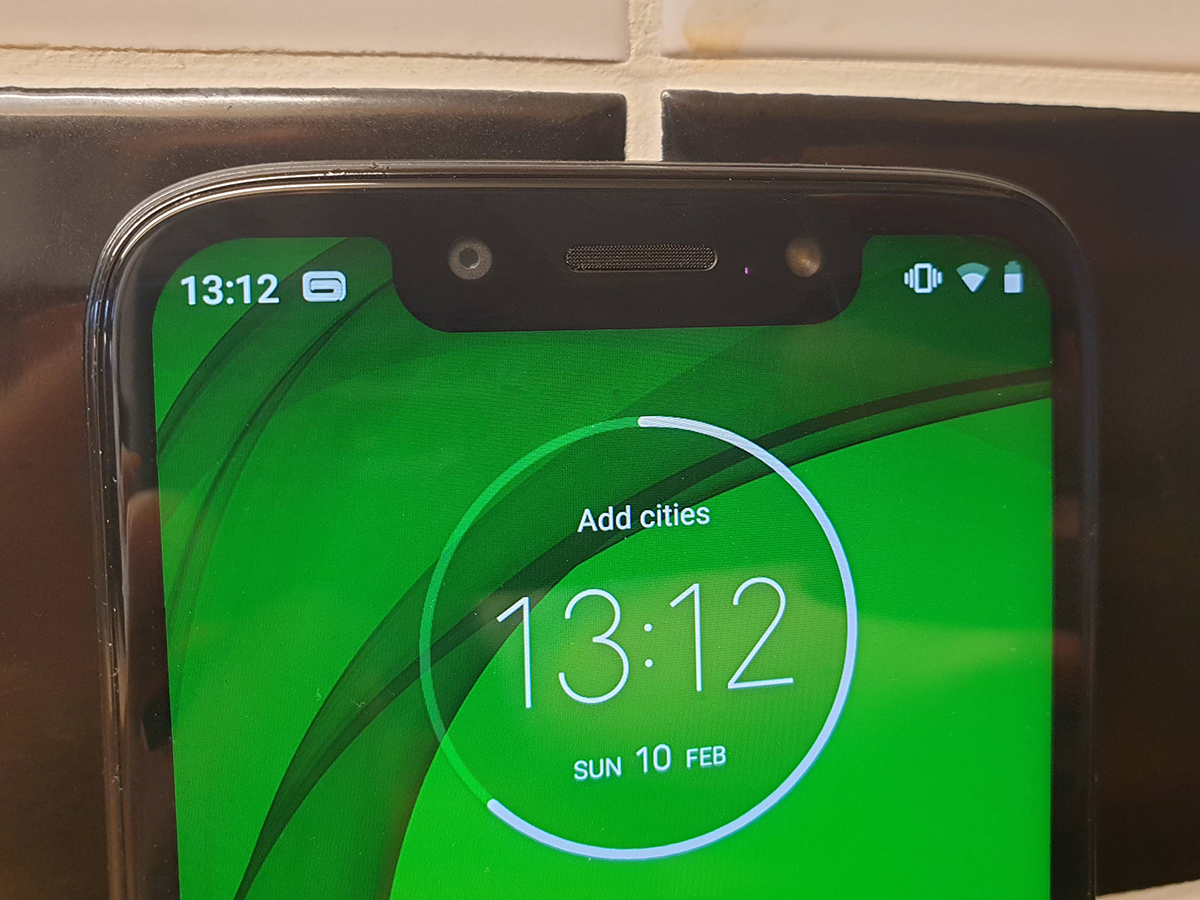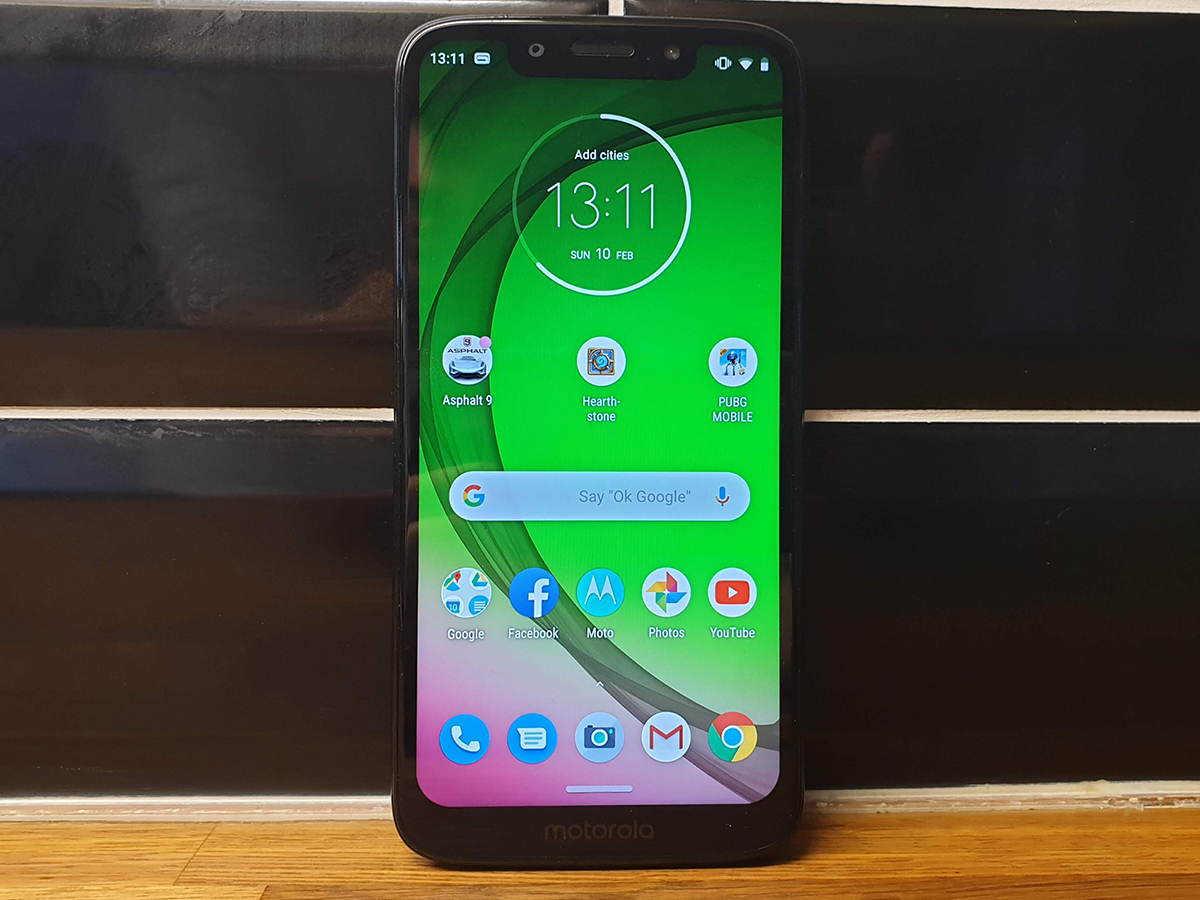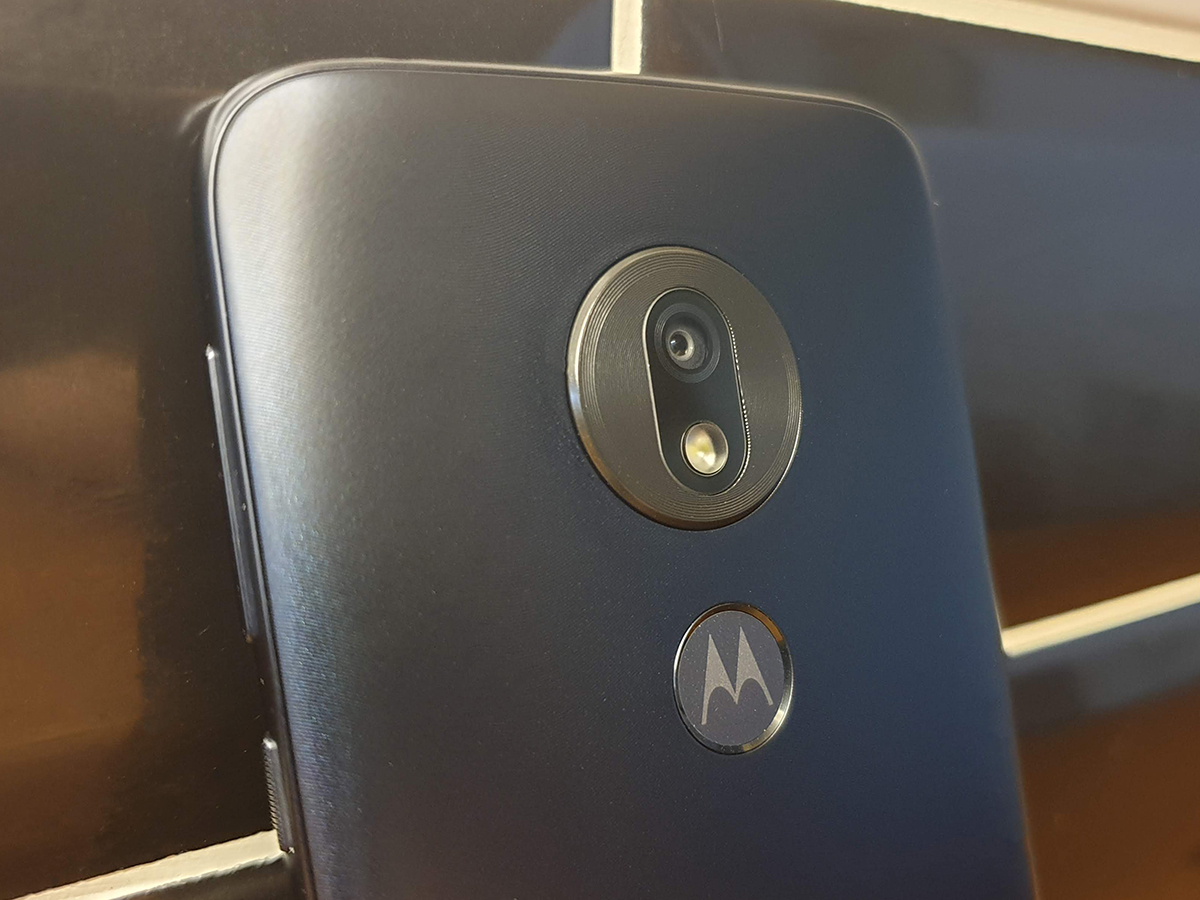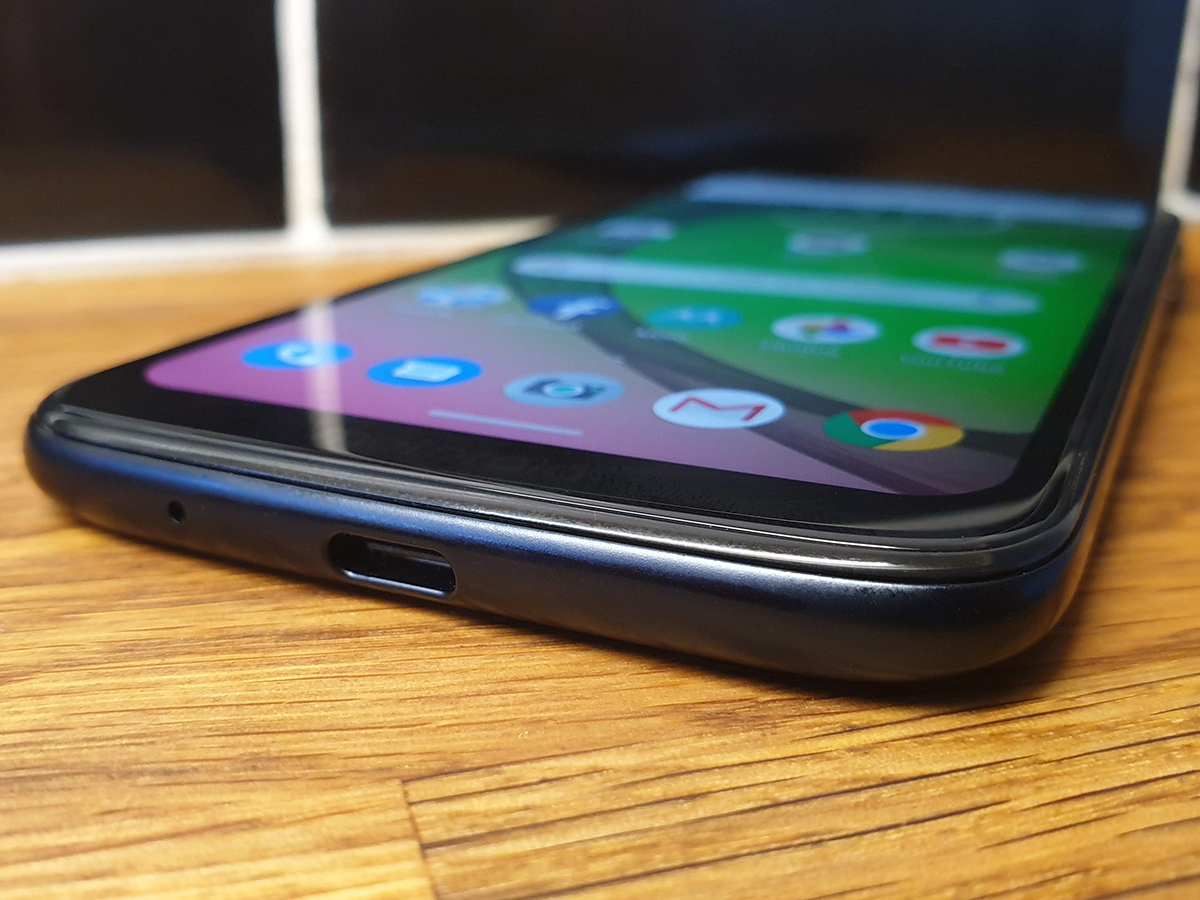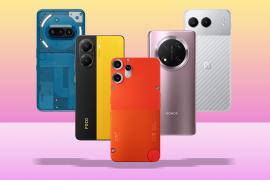Motorola Moto G7 Play review
More proof, if any was needed, that Motorola knows a thing or two about bargain smartphones
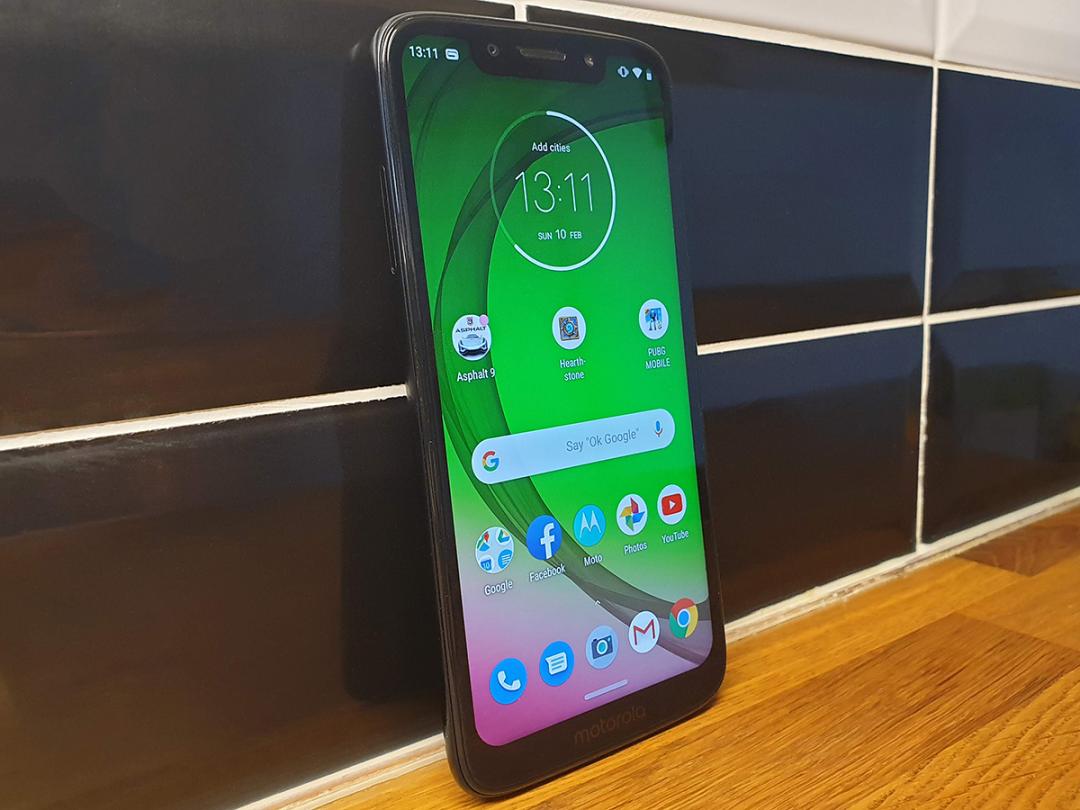
Bargain-hungry gadget fans have been snapping up Motorola’s G-series phones for years, and with good reason.
These extra value meals of the smartphone world deliver a combination of hardware, software and attainable price that few rivals come close to matching. If you don’t want to spend a fortune on extras you don’t need, a Moto G will get you by.
We’re now on the seventh generation G, which is available in four flavours: G7, G7 Plus, G7 Power and G7 Play. It’s the latter, the £150 G7 Play, that represents the new entry-level – but has Motorola managed to continue its winning streak?
With a few modern twists on a familiar recipe, like a display notch, USB-C charging and a slice of Android Pie, it certainly looks appetising on paper.
DESIGN & BUILD: ON THE MONEY
Looks are rarely what makes or breaks a budget phone, but that doesn’t mean Motorola has been sleeping on the job.
The G7 Play is a slim and light handset with rounded corners, proportions that sit comfortably in even the smallest of hands, and a camera that only protrudes slightly out the back of the case. It might not look as slick as the more expensive Honor 10 Lite, but is still easier on the eye than many similarly-priced phones.
It eschews costly materials like glass and metal for polycarbonate plastic, which doesn’t feel premium when you hold the phone, but ensures it can take a bit of a beating. A micro-etched finish on the back creates a little more grip, so it’s unlikely to go flying out of your hand.
Water resistance is out of the question at this price, although it does have a water-repellent coating to help brush off a bit of light rain.
The circular Motorola logo on the back doubles as a fingerprint sensor, which is quick to recognise your digits.
There’s also face recognition using the selfie camera, but it’s not as fast as phones that have dedicated scanning hardware.
DISPLAY & SOUND: NOTICEABLE NOTCH
Squint hard and you could mistake the G7 Play for an iPhone XS, with a chunky notch sitting pride of place above the 5.7in display.
Open your eyes a little, though, and the sizeable bezels give the game away.
The bottom and sides of the phone make it clear this is a budget handset, but they aren’t so thick as to be distracting while you’re using it. That’s largely down to the screen itself, which delivers punchy colours and gets plenty bright enough.
It’s an LCD panel, so while contrast is respectable, it’ll never compete with an OLED screen for deep blacks and inky hues.
The slightly-better-than-HD 1512×720 resolution accounts for the stretched 19:9 aspect ratio.
Text and images are perfectly legible, although detail and clarity isn’t going to blow you away. If you demand more pixels, you’ll need to bite the bullet and step up to a more expensive phone.
Colour accuracy is very good for a phone of this price, which is handy as there are only a few options for tweaking them. You can dial back the saturation if you like, but it looks best at the default setting.
The G7 Play’s single speaker is a good match for the screen: decent enough, but hardly a replacement for a decent pair of headphones or Bluetooth speaker.
It gets loud enough to listen in without needing a pair of earbuds, and manages to avoid distorting when you really crank it up, but there’s not much in the way of bass.
A 3.5mm headphone jack means you don’t need to mess around with USB-C dongles, either. Whew.
PERFORMANCE: SIX APPEAL
Budget phones are notorious for skimping on power, but Moto hasn’t made that mistake here.
The G7 Play has the same Qualcomm Snapdragon 632 processor as the more expensive G7 and G7 Power.
This chip is a major step up from the Snapdragon 430 powering the G6 Play, which could be a little sluggish and wasn’t all that great at running games.
The 632 has eight cores running at a nippier 1.8GHz, and is built on a 14nm process. That’s a big jump from the 430’s 28nm, and means that as well as being more powerful, it’s a lot more energy efficient.
It’s paired with a relatively conservative 2GB of RAM, but the power boost means it runs Android very well indeed, with little in the way of lag or stutter on the Android home screen.
OK, so you might have to wait a little longer for apps and more demanding games to load, but once they do, they run surprisingly well.
PUBG Mobile defaults to Low detail settings, but frame rates hold up consistently once you join a game. This is a phone with limits, of course, but unless you push it you’re not going to notice them in daily use.
32GB of on-board storage is about par for the course in a sub-£200 phone, but there’s a microSD card slot for adding more if you run out of room for your apps, games, music and photos.
OS & SOFTWARE: Easy as Pie
Badly optimised software can be the killer blow for budget phones with not a lot of power to go around, but that’s not something you have to worry about with the G7 Play.
Motorola has long been the go-to choice for those that insist on the purest forms of Google’s mobile OS, and that’s still true here. You get the latest version of Android, 9.0 Pie, and Motorola has committed to at bringing at least the next major iteration (Android Q) as an update later down the line.
Android Pie has been largely left alone, with almost nothing in the way of bloat and only a few optional extras available if you want them. If you don’t, a quick toggle or two gets you as close to stock Android as you can this side of a Google Pixel.
Motorola’s tweaks include Moto Display, a kind of sneak preview before the lockscreen that only appears when you pick up the phone, instead of sapping power like an always-on display might, and a series of gestures for activating the torch and camera.
The biggest optional change is the one-button control, which swaps Android’s three onscreen keys for a single icon, iPhone XS-style.
You tap it to go home, swipe left to go back, and up to show your recent apps. It’s pretty intuitive, but if you prefer the standard layout you can ignore it altogether.
BATTERY LIFE: SURPRISING STAMINA
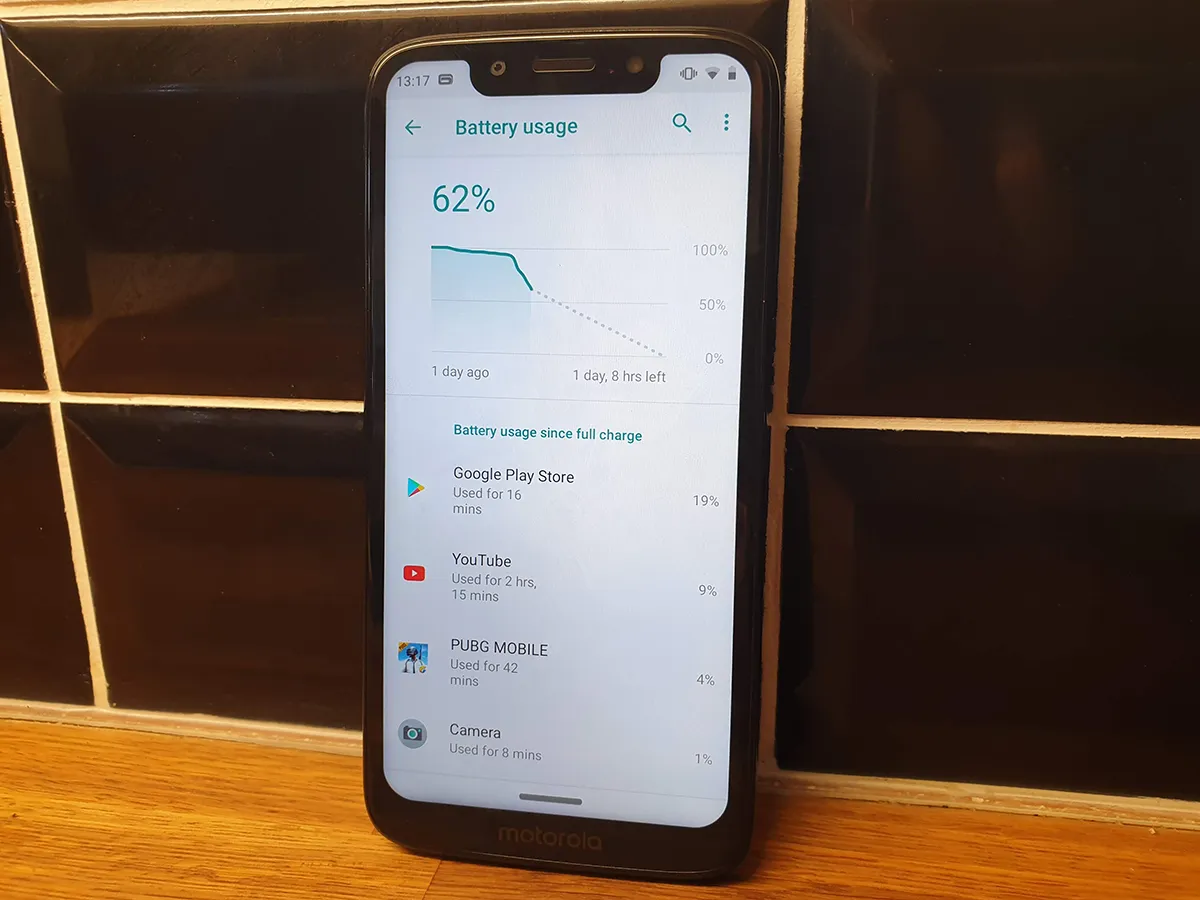
On paper, the G7 Play’s 3000mAh battery is a bit of a disappointment. Last year’s G6 Play found room in the budget for a significantly bigger 4000mAh cell, so that should mean this new model can’t last as long away from the mains, right?
Not so fast. Because the new CPU is that much more power efficient, the G7 Play can still go an impressive stretch between top-ups. Moto reckons you’ll average 40 hours, but in our experience that’s optimistic.
Still, at three quarters brightness, it managed to stream YouTube videos for well over 15 hours, with some gaming either side. Away from a Wi-Fi connection, you’ll comfortably get through an entire day without needing to recharge, and still have some spare the next morning if you forget to plug in overnight.
That’s about on par with the Honor 10 Lite and Huawei P Smart, both of which cost £50 more, and it walks all over the similarly-priced Alcatel 3V.
Unfortunately there’s no TurboPower fast charging, so you’ll be waiting around a while longer than you might with a more mid-range phone.
Wireless charging is unsurprisingly absent, too, as it would bump the price up too high, but Moto has at least made the welcome jump to USB-C.
CAMERA: STRAIGHTFORWARD SNAPPER
You’re never going to get SLR-beating results from a budget phone’s camera, but the G7 Play can take a decent snap in the right conditions.
It has the same 13MP, f/2.0 rear snapper as the previous-gen G6 Play, with phase-detect autofocus and automatic HDR shooting. Feed it enough light and you’ll get well-exposed shots that are colourful without becoming overly vibrant. Auto HDR does a good job with bright skies and dark shadows, and images look detailed if you’re happy not to zoom in.
Take a closer look and you’ll spot the limitations of the sensor, losing detail in brickwork, faces and foliage that a more expensive phone would manage to resolve.
It’s a different story in low light, where performance is mediocre at best. Even brightly lit subjects show a distinct lack of detail and overexposure, while noise creeps in rapidly once the light gets low. Indoor shots are equally susceptible, with slow shutter speeds introducing camera blur. You’ll really want to use the flash for any spur-of-the-moment portrait shots in restaurants or nightclubs.
The front-facing camera built into the notch keeps the same 8MP sensor as the G6 Play, as well as the LED flash – still something of a rarity in any phone, let alone a budget one like this. It’s a decent snapper, too, capturing plenty of detail in good light.
It now includes portrait mode blur, to fake bokeh effects when it detects a face, although these are hit-and-miss.
Sometimes the detection struggles with hair and other fine details, creating images that were clearly faked with software. The camera app isn’t quite as basic as it was on previous Moto phones, with a few extras like a colour picker for stylised photos and a panorama mode, plus built-in support for Google Lens.
Generally, the G7 Play gets the job done, which is about all you can ask for in a phone that costs this much.
MOTOROLA MOTO G7 PLAY VERDICT
Searching for flaws in a phone like this would largely be a waste of time. At a penny under £150, there’s nothing the G7 Play does badly enough to lose marks in any area.
Rivals like the Nokia 3.1 and Honor 7 Lite can’t match it for specs, and also make do with microUSB charging. The Honor also has that opinion-dividing EMUI skin running on top of Android, versus Moto’s almost untouched UI.
The step-up Moto G7 doesn’t offer significantly more features for its £80 higher price, either.
It punches above its weight in terms of performance, has a competent camera and looks a lot more expensive than it actually is, even if the plastic build gives the game away once you get it into your hand.
OK, NFC would have been the icing on the cake, but if you can live without contactless payments on your mobile, this is absolutely the budget blower to go for.
Tech specs
| SCREEN | 5.7in, 1512×720 LCD w/ notch, 19:9 aspect ratio |
| CPU | Qualcomm Snapdragon 632 octa-core |
| MEMORY | 2GB RAM |
| CAMERA | 13MP, f/2.0 rear w/ PDAF, LED flash. 8MP, f/2.2 front |
| STORAGE | 32B on-board, microSD expansion |
| OPERATING SYSTEM | Android 9.0 Pie |
| BATTERY | 3000mAh non-removable |
| DIMENSIONS | 147x72x8mm, 149g |
Stuff Says…
Small gains over last year’s model, but the G7 Play does enough to make it one of the best sub-£200 handsets around
Good Stuff
Excellent all-rounder for the money
Pure version of Android Pie
USB-C charging
Bad Stuff
Only small changes compared to last year
Limited memory
